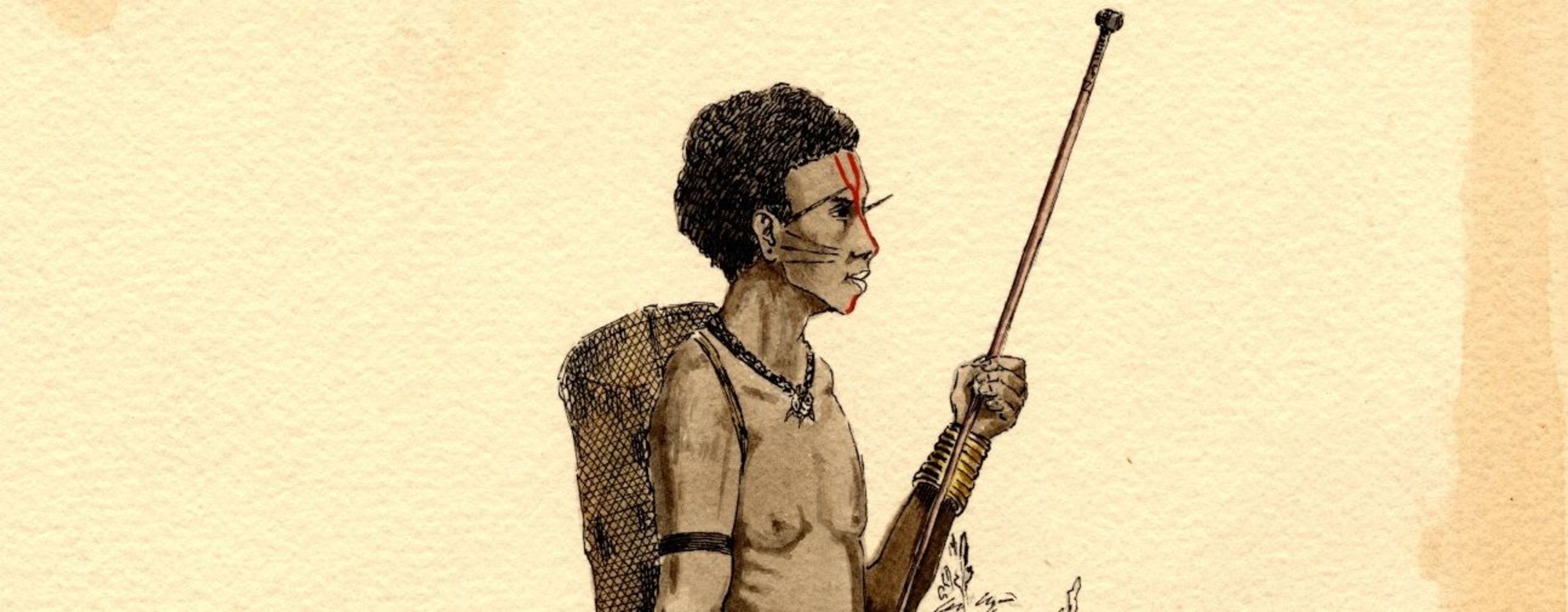
- Home
- The life of Jacques de Morgan
- The Kingdom of Perak (1884)
- Ethnographic collections
Jacques de Morgan brought back a series of objects from his journey to Malaysia that reveal the attitudes and habits of the Orang Asli. Now held in museum collections, some are accessible to the general public.
Private collections, public collections
Jacques de Morgan explained what he did with the objects he collected on his travels: ”Everything that came from expeditions funded by the public purse, I took care to hand over to our national bodies, and kept only those items I had collected for my personal research, desirous to enjoy them for the rest of my days, but with every intention of bequeathing them later to the State.”
Immediately on his return from Malaysia in 1885, he entrusted some sixty objects to the Musée d’Ethnographie du Trocadéro. When the museum closed in 1935, the collections were moved to the brand new Musée de l’Homme, which opened two years later.
The collections of the Musée d’Archéologie nationale
In 1910, Jacques de Morgan donated his entire personal collection, including ethnographic objects from Malaysia, to the Musée d'Archéologie nationale in Saint-Germain-en-Laye. The same year, assistant curator Henri Hubert set in motion plans to create a comparative archaeology room exploring the "ethnographic history of Europe and humanity". Many of the items came from Jacques de Morgan’s collections.
Among the objects conserved by the musée d’Archéologie nationale are quivers and blow-pipes, personal ornaments and basket-working instruments.
Partners and authors
Associated media
Open Media Library

Basketry basket

Quiver and darts

Basketry basket

Bouquet

